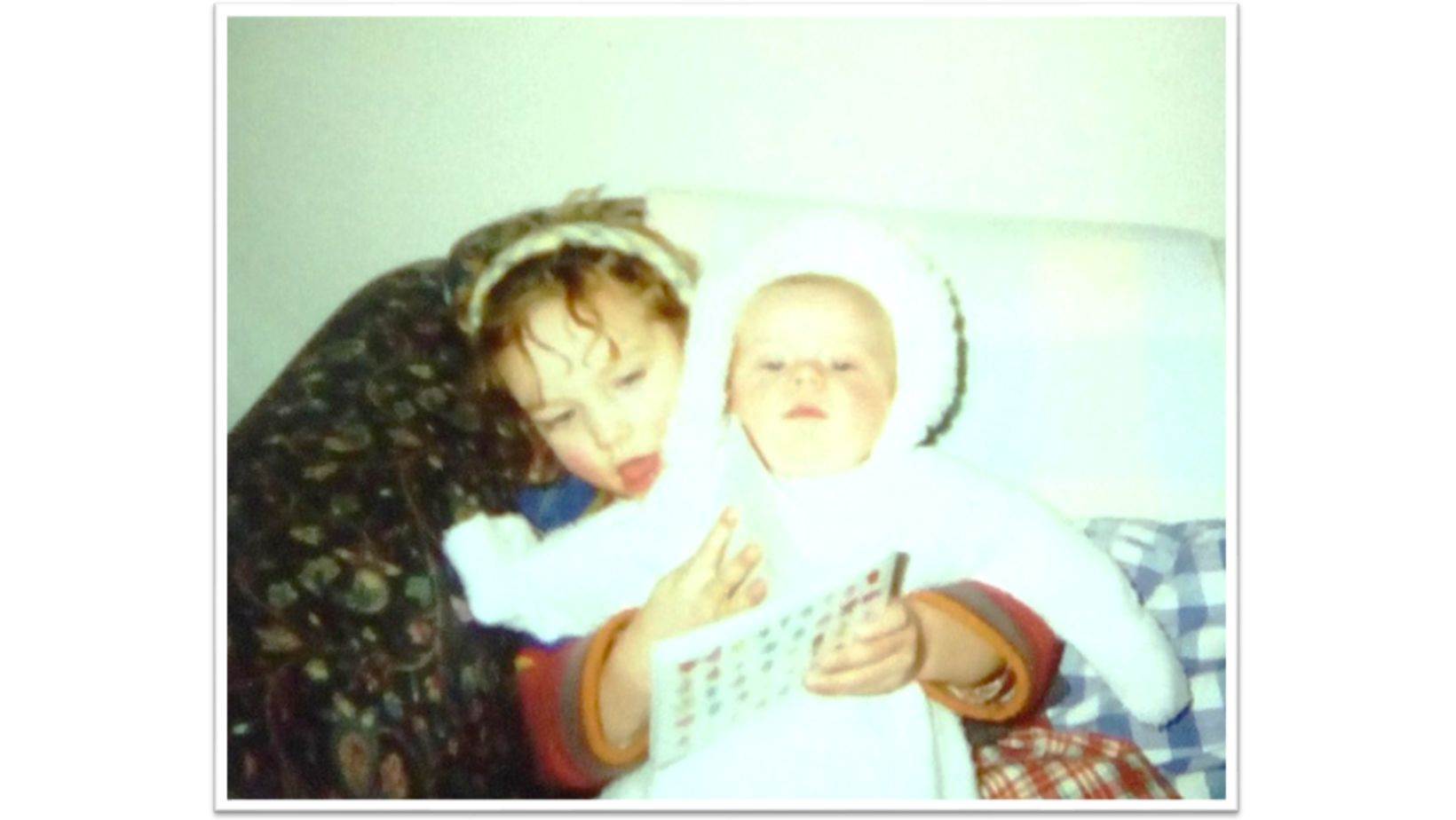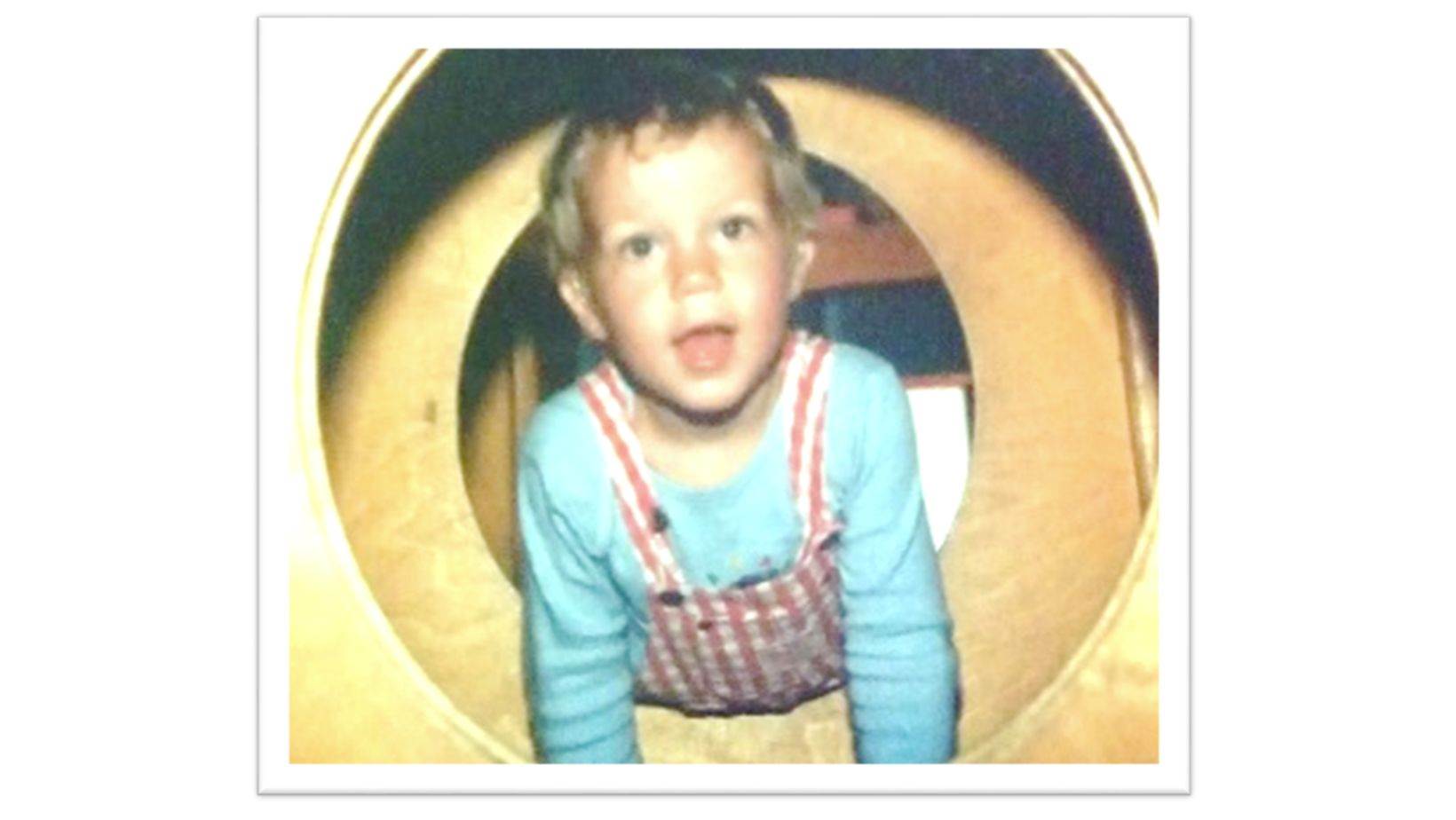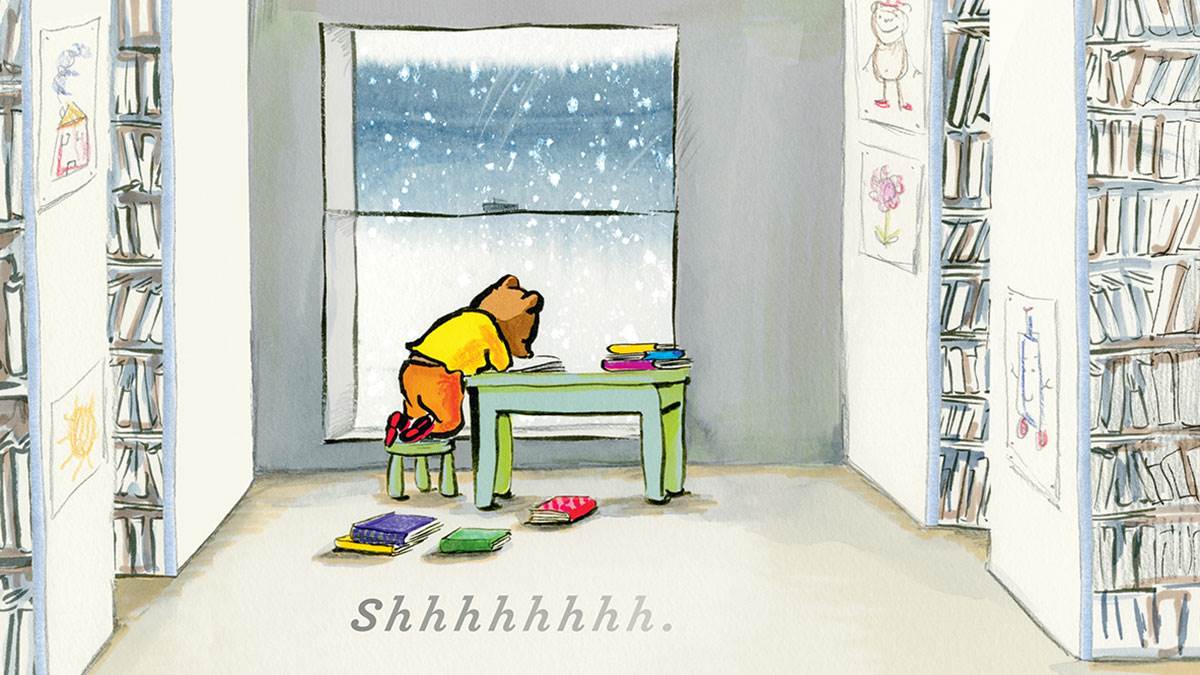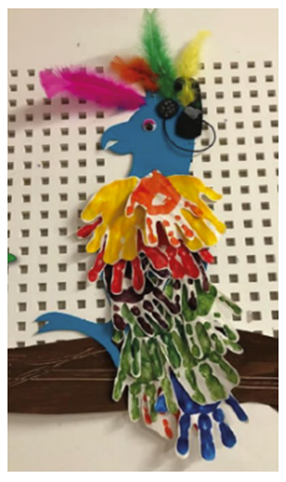Exploring books with Deaf children
Karen Hardwicke is the parent of a Deaf child and a Teacher of the Deaf (TOD). She is also the author of four books for Deaf children published by Avid Language. It is very important to Karen that Deaf children see themselves represented in the books they read so her stories are full of Deaf characters.

In this article I’m going to talk about my experience of using books with Deaf children and share some strategies that I’ve found useful. Strategies that are helpful for deaf children are helpful for all children. It is important to expose typically hearing children to stories with Deaf characters in order to develop Deaf awareness and empathy. Similarly, I believe in the universal value of every child learning sign language which is, like pictures in story books, just a different way of communicating.
My own family’s experience
When my Deaf son, Jack, was little, I was very daunted by the idea of reading stories to him. Reading with his typically hearing sister was straightforward in comparison – I chose books I knew she would like and off we went. But with Jack there seemed to be lots of obstacles.
His language levels were severely delayed so many stories were too tricky to explain and beyond my basic signing skills.

Jack as an active toddler!
I quickly realised that unless Jack was sitting on my knee, facing me, he wouldn’t be able to hear what I was saying, so managing a wriggly toddler and a book and using my hands at the same time was a challenge!
Yet reading with a Deaf child can be one of the most enjoyable things to do together and is a way of interpreting the world around them.
So I started to develop strategies for sharing books, both as a parent and later as a TOD. I’d like to share some of those tips.
Top tips for reading with Deaf children
Time and place
- Read together in a good listening environment. Turn off the TV or radio.
- Make reading part of your daily routine, eg after a bath and before bed. In school, make time for a story at the end of the day, every day.
- Younger children have short attention spans, so try reading for a few minutes at a time at first and gradually build it up.
Deaf-friendly tips
- Make sure your face isn't in shadow and that the child can see your face and the pictures in the book.
- Use natural gestures and lots of facial expression.
- Don't feel you have to read the story word for word. Simplify the language to a level you know the child understands.
- Act out the story together and find props to support the story.
- Read the same story again and again. Children love the security of repetition.
- Let the child turn pages, touch pictures, and lift the flaps
- Pre-teach tricky vocabulary before you read the story. See how this works in the final section of the article.
Getting into reading: some general points.
- 'What' you read together is all-important. Choose books that you think your child or pupil will enjoy and that look fun for you both to share.
- Lift the flap books are brilliant for creating suspense and surprise!
- Wordless books mean you don't get too tied up with the language of the story. You can let the child take the lead and tell YOU the story.
- Read books that use photographs. They back up real life and reinforce experiential learning. Read books with a sound button that will motivate the child to develop their listening skills.
- Homemade books using photos or drawings are a brilliant way of engaging the child as they are personal and meaningful.
- Read books that represent deaf characters. Representation is everything!
Finally, I’d like to suggest two tried and tested books featuring Deaf characters and some ideas for using them that you can share with your Deaf (and indeed ALL typically hearing) pupils:
Ling Ling Bird Hears with his Magic Ears by Tanya Saunders, Avid Language
This wonderful book features a Deaf character, Ling Ling Bird and is an exploration of all the different sounds he can hear with his Cochlear Implant.
You can see a reading of the story in this YouTube video.
Tips for reading this book
- Pre-teach vocabulary that might be tricky. For example, the text refers to ‘voice’. With my group of EYFS deaf children, we explored the meaning of voice by playing a game in which a blindfolded child had to guess the identity of a speaker saying ‘hello’. This was such a fun activity and helped to develop directional listening into the bargain. (We were mindful of the fact that deaf children are dependent on the visual medium so made sure the pupils were seated when blindfolded and gave them lots of reassurance)
- Literacy: After reading the story, go on a sound walk around the school, taking photos or quick sketches of sound sources. Alert the children to quiet/loud sound/intermittent sounds etc. Print the photos and create a book of sounds. We added in thumbs up/down icons to indicate the sounds we liked/didn’t like!
- Expressive Arts and Design: Make a handprint Ling Ling Bird bird like the one we made here.
Jasper’s Tale by Karen Hardwicke, Avid Language
This is the charming tale of a dog who does NOT like his hearing aids (and his long suffering mother!).
You can see a reading of the story in this YouTube video.
Tips for reading this book
- Again, pre-teach all new vocabulary before reading. Explore the words in an experiential way through doing. On page 4, Jasper ‘hurls’ his hearing aids over a fence. Take the children outside and hurl balls or javelins to illustrate the meaning of this word!
- Maths: Jasper’s Tale is full of positional language. Can the children spot the cats hidden on different pages? Model positional language on the bus, in the tree, behind the window etc Then hide laminated cats around your room for the children to find…
- 3. Expressive Arts and Design. Make shoe box scenes from the story like the ones we made below in our parent workshop! Make toilet roll Jasper dogs with felt ears/tails and hearing aids!
And finally…
Reading with a Deaf child can teach or reinforce new language. It can reflect real-life experiences or take the child beyond the here and now, developing imaginative thinking. But most of all, as with all children, read for the pleasure of reading, cultivating a life-long love of books in your pupils.
Click here for more information on reading with Deaf children
 Illustration from Can Bears Ski? by Raymond Antrobus
Illustration from Can Bears Ski? by Raymond Antrobus
Avid Language Books:
- A Girl Like Ananya
- Jack Signs!
- Some Fairies Wear Hearing Aids
- Friends Together (a Bear Buddies Learning Adventure Story)
- Ling Ling Bird Hears with his Magic Ears
- Ling Ling Bird Seen and Heard
- C.I. Quest (a Farmyard Heroes story)
Other recommended books:
- ‘Can Bears Ski?’ by Raymond Antrobus
- ‘Dachy’s Deaf’ by Jack Hughes
- ‘Proud to be Deaf’ by Ava, Lilli and Nick Beese
- ‘The Quest for the Cockle Implant’ by Maya Wasserman
Check out BookTrust's list of books with Deaf characters here.






